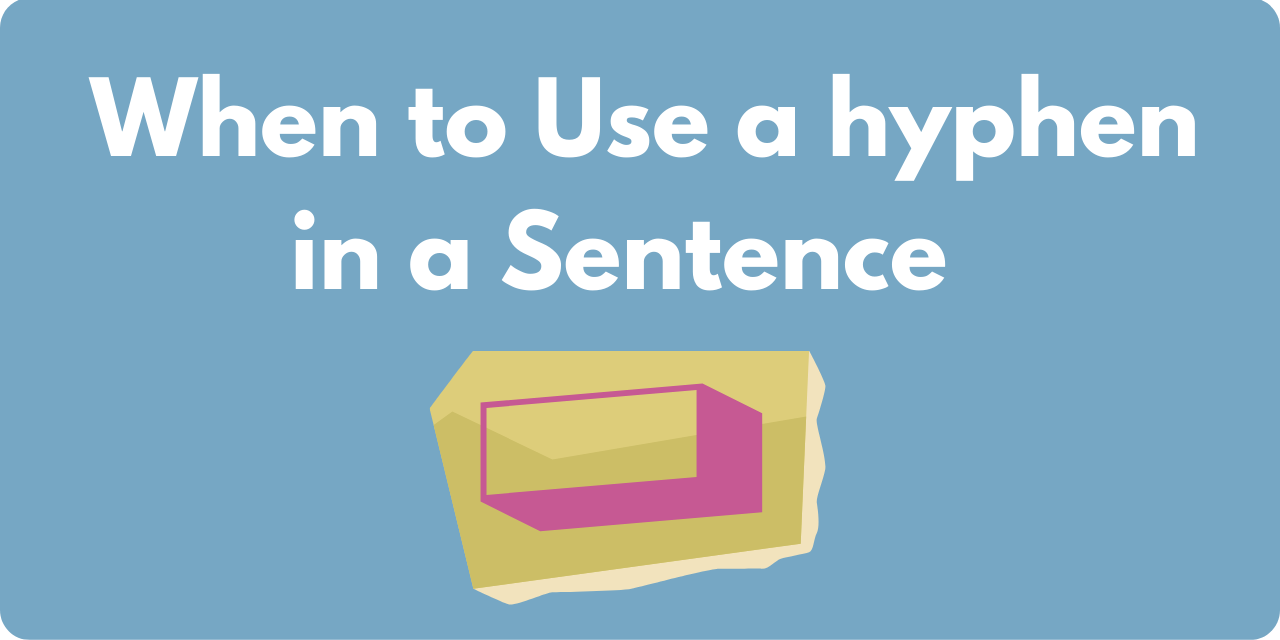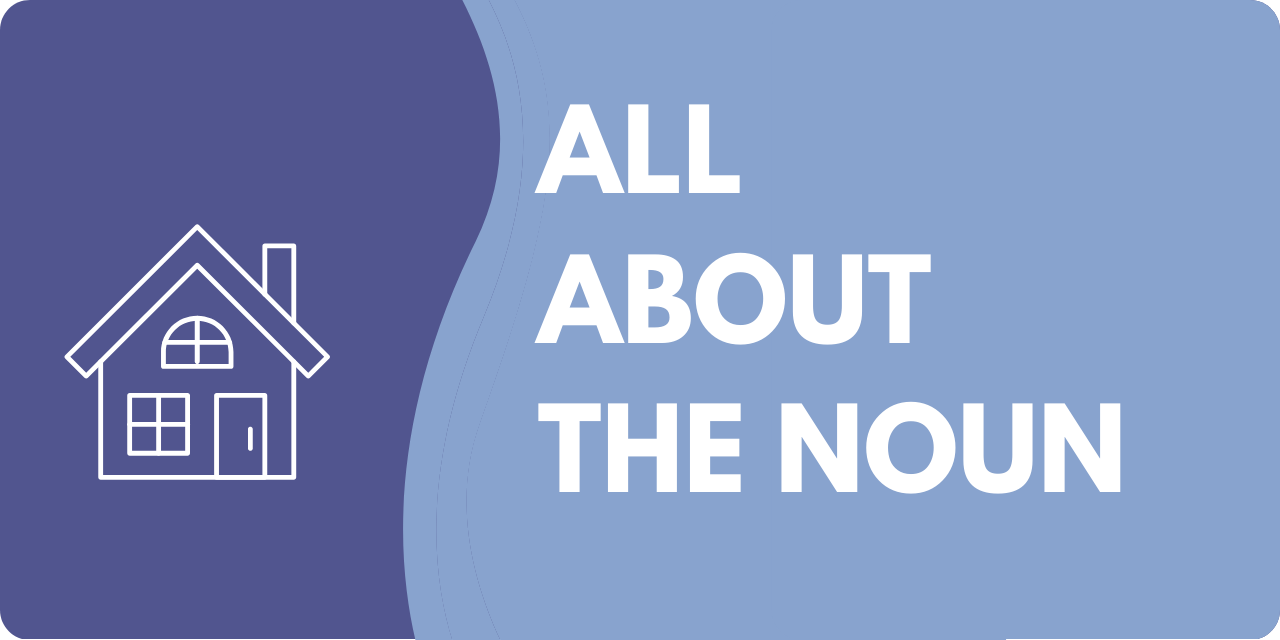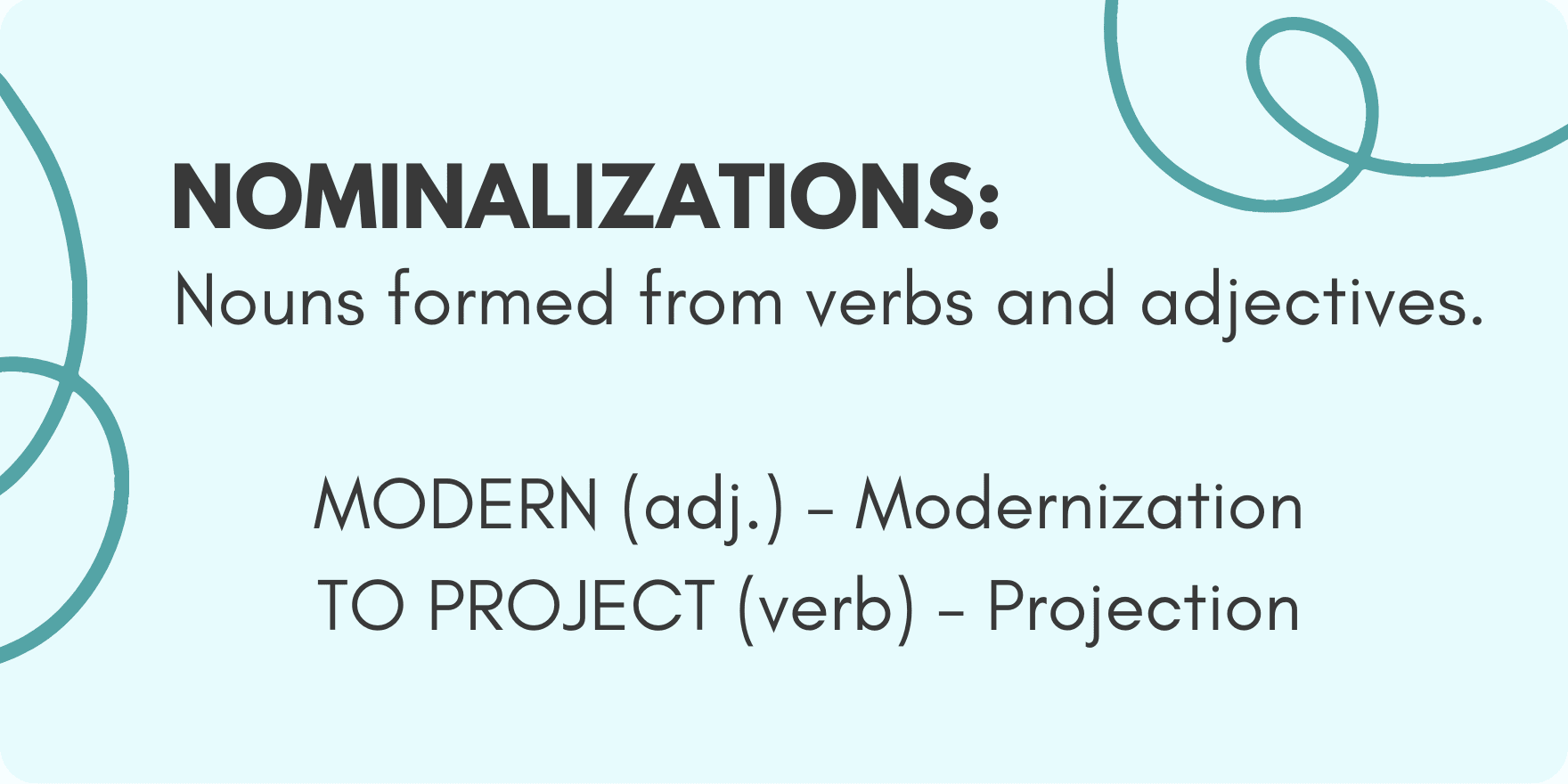We use quotation marks for direct quotes, with certain titles of works, to infer alternate meanings, and to write words as words.
Block quotations aren’t set off with quotation marks. Any quoted text is capitalized if you’re quoting a complete sentence and is not capitalized if you’re only quoting a fragment.
Related: Capitalisation in Quotes: How To Do It
Where do commas and periods go in regards to quotation marks?
Commas and periods will always go inside the quotation marks in American English; colons, semicolons, and dashes almost always go outside of quotation marks; question and exclamation marks sometimes go inside, but sometimes stay outside.
Related: Do Punctuation Marks Go Inside Quotes?
Here’s when to use quotation marks
Quotation marks are utilized when you want to use another person’s words in your writing. So say you want to write about something you heard a family member say. You could do something like this:
Mary said, “I really hate when it’s too cold outside.”
You can write about the same thing with no quotation marks, with a couple of changes:
Mary said she hated when it was too cold outside.
The first sentence includes a direct quote, a quote in which you repeat the exact words that Mary used. The second sentence includes an indirect quote, which was a paraphrased version of what Mary had said. Quotation marks are only used with a direct quote.
The rule isn’t just for speech. If you’re quoting a written source, you still need to put the quote between quotation marks unless you are planning to paraphrase it.
What are run-in and block quotations?
Direct quotations come in two different structures, which are run-in and block.
Run-in quotation marks are shorter and they are structured the same as the surrounding text. Block quotations are long quotes that are divided from the surrounding text. Normally, they appear as a separate paragraph (or even a series of paragraphs) with a change in the line spacing, a different font, or maybe a wider margin. However, block quotes don’t need quotations to set them off from the rest of the text, even though they’re direct quotes.
And in case you’re wondering exactly how long a quote needs to get for it to qualify as a block quote, it varies from style guide to style guide. If you want to follow a writing guide, just check it for best practices. If not, set your own rule (like four or five lines of text will make a block quotation), and stick with that.
Quotation mark rules
The first rule of using quotation marks is that once they are opened, they have to be closed. Whomever is reading your work needs to know where the quote begins and ends. That’s a simple one. But what about some trickier rules?
Quotation marks and capitalization
Oftentimes, the text inside quotation marks is capitalized but other times it isn’t. Capitalization of the quoted text depends on the material itself—if you are quoting a complete sentence, you need to start the quote with a capital letter. This is true even if the quote is placed in the middle of a sentence:
The exact words she used were “There’s no way we will arrive in time.”
If you are quoting a phrase or a part of a sentence, then you don’t start the quote with capitalization:
He called them “loud, rude, and utterly annoying,” and he slammed the door.
If you’re dividing a quote in half to interject a parenthetical, you shouldn’t capitalize the second part of the quote:
“The problem with opinions,” Paul explained, “is that everyone has one.”
Quotations and other punctuation marks
Where does punctuation go, inside or outside quotation marks? This question mostly refers to the sentence-ending type of punctuation marks—punctuation marks that introduce a quote are never put within quotation marks.
Sentence-ending punctuation is an entirely different story. In the U S, the general rule of thumb is that periods and commas always go inside the quotation marks, but colons and semicolons (dashes as well) go outside:
“There was a blizzard last night,” Peter said.
Paul, however, didn’t believe him. “I’m not sure that’s what happened.”
Paul was aware of what he called “Peter’s weakness triangle”: he was half deaf, slept like a log, and was inclined to lie.
Peter saw a fight coming, so he mumbled only “But I saw it”; this was going to be a very long night and he didn’t want to start it with an argument.
Question marks and exclamation points come with their own separate rules.
If they apply to the quoted text, they go inside the quotation marks. If they apply to the entire sentence, they go outside it:
Amanda asked them, “Why do you guys fight all the time?”
Did their dog bark every time he heard Amanda say “I’m bringing dinner”?
Quotes inside quotes
So now that you know how to handle quotation marks and punctuation and capitalization, what if the quote you want to use already contains quotation marks? This can potentially happen, too. So say you want to write a direct quote in which someone is singing praises about their favorite chapter from one of the Lord Of The Rings books. Would you do it this way?
Related: How to Correctly Quote a Quote
““Three Is Company” is my favorite chapter in the whole series,” Kat said.
It doesn’t work. You might even manage to mix up your word processing program. But if you do it this way, everything will look better:
“‘Three Is Company’ is my favorite chapter in the whole series,” Kat said.
See how that looks better? We use single quotations for quotes within quotes.
Some other uses of quotation marks: titles of short works, scare quotes, words as words.
Besides setting off someone else’s words, quotation marks have a couple of other uses. Depending on the writing guide you are using, you may use quotation marks to emphasize titles of all types of frameworks (AP Stylebook), or just short compositions (most of the other style guides). Titles of books, albums, newspapers, magazines, and other standalone and bigger bodies of work are normally italicized. Poems, chapters, articles (smaller bodies of work), or bodies of work which create a larger body of work—are emphasized by using quotation marks.
You can also use quotation marks to denote words used as words. For example: to “inhale” means to take a breath. The quotation marks signify that you are talking about the word itself and not the action of inhaling. However, you’ll sometimes hear that it’s better to italicize words used as words instead of putting them in quotation marks—different writing guides might advise different rules.
Some writers put quotes around words that they want to distance themselves from. Used this way, quotation marks are frequently called scare quotes or shudder quotes. This is a way of implying that you’re using a phrase in an unusual way or that you don’t necessarily validate or approve of it:
This blog article was written by a “professional” writer.
Scare quotes are similar to air quotes, and if you know anything about air quotes, you should know that they should be used in moderation. This also applies to scare quotes.
You may see quotation marks used rather than parentheses for translations. So you can write translations this way:
He told her bonjour (good day) when they met.
You can also do it this way:
He told her bonjour, “good day,” when they met.
Single quotations
We’ve already stated that single quotation marks can be used for quotes inside of quotes. But that’s not all that they do—they can also be used instead of parentheses for translations, but in that case, they don’t need to be separated by any commas:
He told her bonjour ‘good day’ when they met.
Highly specialized and professional terms in certain fields can also be written inside single quotation marks:
Many scholars will still argue about Lacan’s ‘desire’ and its implications.
You’ll also see single quotation marks instead of double in headlines of some newspaper articles. And of course, all of these rules only apply to American English—single versus double quotation marks is a different story entirely in British English.
We have a series of other articles on quotation marks that we recommend you read:
The “Overuse” of Quotation Marks
Want to sharpen your business writing skills? Discover our acclaimed online courses.






